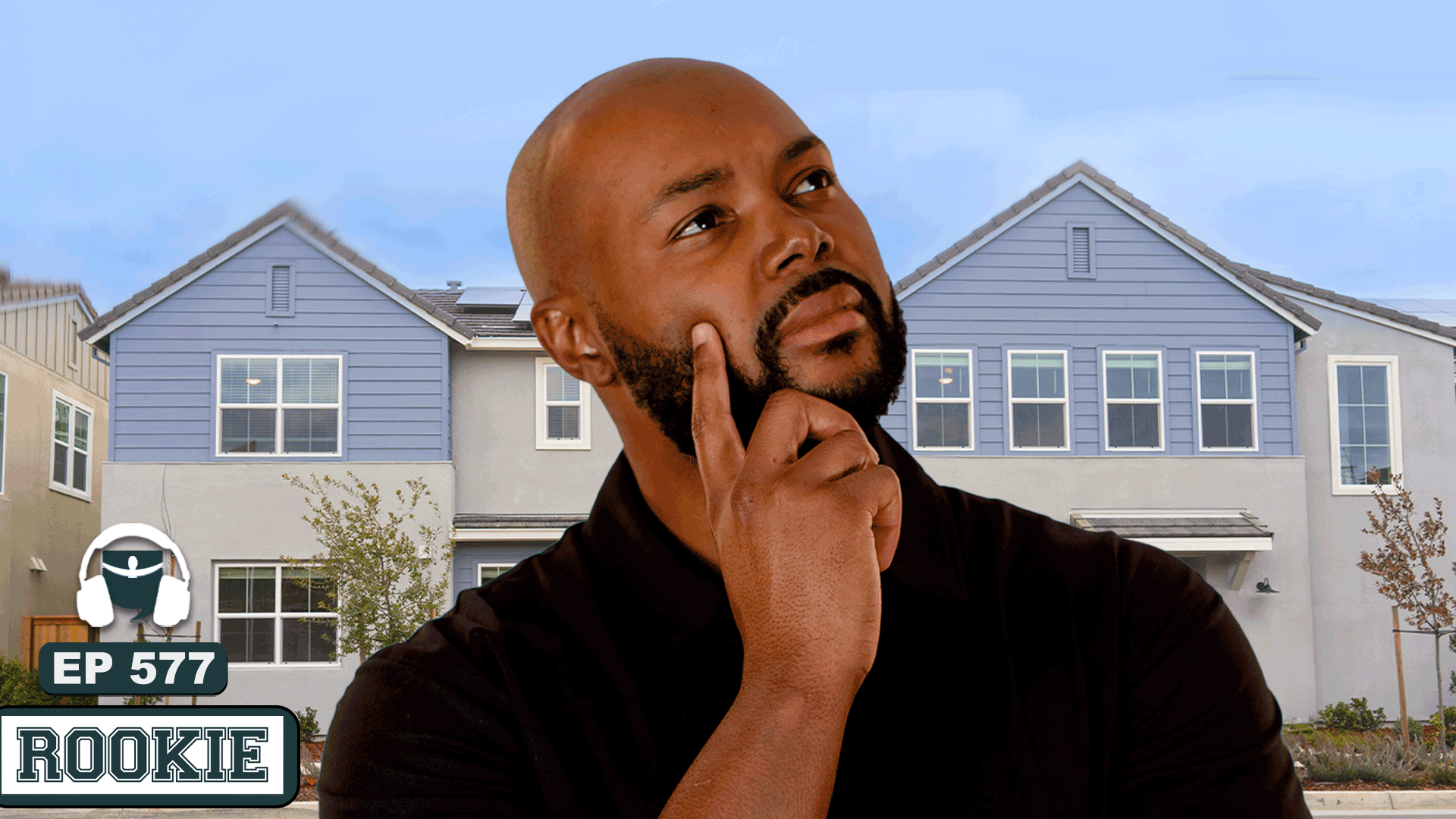Too many Aussies looking for a safe haven for their money are squandering their investments with this simple mistake. Picture: Jason Edwards
Australians who invest in property are typically risk-averse people who perceive bricks and mortar as a safer and simpler investment than shares, bonds and other assets, according to a new study.
The Australian Housing and Urban Research Institute (AHURI) has just published a research paper on the characteristics and behaviour of landlords based on two decades of data from 2001 to 2021.
AHURI found the main motivations for investing are wealth generation through capital gains, rental income and the tax advantages of negative gearing and the 50 per cent capital gains tax discount. Most landlords see their investments as cornerstone assets to be held over the long term for retirement.
MORE: ‘Shouldn’t get one’: Fury over rate cut hopes
Australians who invest in property are typically risk-averse people. Picture: NewsWire / Max Mason-Hubers
In terms of timing, Australians are more motivated to buy an investment property when the economy is strong or interest rates are low. Landlords are typically sheltered from poor economic conditions because interest rates tend to fall, thereby reducing the biggest cost of holding a property.
There was a mild upward trend in the number of Australians buying investment properties over the two decades. By 2021, there were 2.2 million landlords, which is about 8.7 per cent of the population. About 72 per cent of them owned just one investment property.
AHURI sought to identify the typical Australian landlord through demographics data. It found that Australian investors are more likely aged in their late 40s or early 50s and are tertiary-educated, employed full-time and earning higher than average incomes. They are typically married and own their own homes with a lower than average home mortgage. Geographically, they are spread across the country but there are more in Sydney and Melbourne.
MORE: Major money trap Aussies are falling for
Australians are more motivated to buy an investment property when the economy is strong or interest rates are low. Picture: NewsWire / Max Mason-Hubers
HUGE MISTAKE MANY LANDLORDS ARE MAKING
AHURI also found there are two cohorts among landlords. The first cohort tends to buy and hold their investment properties for the long term, while the second cohort sells within one or two years.
The two decades of data revealed approximately one in five investment properties are sold within the first year or ownership, while 28 per cent are held for more than 20 years.
The median investment period is just two years, which is very concerning. This is because the key to building wealth through property is capital growth, which takes time. This means you have to hold on to your property for several years to truly reap the rewards of your investment.
Additionally, property involves considerable transaction costs, such as stamp duty on the purchase which can be tens of thousands of dollars. Selling within one or two years means you are highly likely to make a net loss on your investment.
MORE: No way! What 75pc of Aussies don’t want in their home
It found that Australian investors are more likely aged in their late 40s or early 50s and are tertiary-educated, employed full-time and earning higher than average incomes. Picture: Richard Dobson
HOLD ON
Time in the market is crucial.
This is why it’s extremely important to do everything you can to ensure you can hold on to your investment through difficult times, such as when high interest rates are higher. The AHURI research found those who sold their investments quickly were typically younger investors aged under 35 years on lower incomes, who had lost their jobs or were not working enough hours.
Some investors sold their assets due to divorce, whilst others couldn’t maintain the loan repayments on both their homes and investments – perhaps because of rising interest rates. Other typical sellers of property investments are older Australians aged 45 to 54 who are nearing retirement. The report suggests some of these investors sell to access their equity so they can help their adult children buy a home. Some transfer their investment properties directly to their children.
MORE: Horror reason Aussies are giving up pets
Other financial drivers for selling include increased costs of maintaining the investment, which we’ve seen in recent years due to surging inflation, and tax changes that disincentivise investment, such as the massive land tax increases in Victoria.
Importantly, AHURI found that negative gearing helps landlords manage the costs of holding their investments over the long term. This not only benefits landlords but also tenants by ensuring a large and diverse pool of rental properties remains available for the growing number of Australians who rent their homes.



















 English (US) ·
English (US) ·